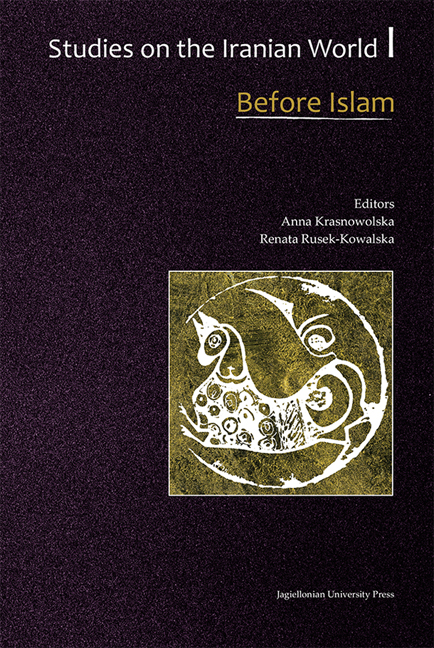In Search of the Elusive Town of Persepolis
from Archaeology
Published online by Cambridge University Press: 12 January 2018
Summary
SUMMARY
The authors present the preliminary results of the excavations of the Iranian-Italian Joint Archaeological Mission in Fars, confirming the first evidence of the settlement in the site of Persepolis West indicated by geophysic surveys: a kiln and an adjacent dump area point to the existence of a craft area of a settlement in Area B, while a grid of ditches associated with a fencing wall suggests the existence of a garden in Area C. In Area A, Area D and Area E the excavations have shown the great alteration of the ground carried out after 1970. The pottery recovered from the stratigraphic sequences of the various trenches excavated, associated to C14 dating of some charcoal samples as well as to archaeometric analyses, allows a first well-grounded study of ceramic production in the region.
The focus of the project ‘From Palace to Town,’ started by the Iranian-Italian Joint Archaeological Mission in 2008 is represented by Persepolis, nowadays a world heritage site visited by thousand of tourists during every year.
By Persepolis we generally mean the imposing Achaemenid terrace built by Darius I at the end of the 6th century BC, in order to celebrate the dynasty with imposing buildings enriched by elaborate reliefs, but we should not forget that this Terrace was only the central focus of a larger settlement, a sort of Imperial Citadel sided by areas which allowed its functioning.
We have two main types of evidence regarding the inhabited settlement of Persepolis: written sources and information form the surface surveys.
Among the written sources we may account first the Elamite tablets recovered in the excavations at the Persepolis Fortifications and Treasury, well known particularly after the attempt of confiscation and sale by the United States Courts in order to compensate a legal case brought by private persons against the Government of Iran: I take the occasion to remind that on that occasion the Societas Iranologica Europaea sent its concerned appeal to President Obama, which added to many other voices throughout the world and helped in rejecting the absurd claim.
In these tablets there are more than one hints to a settlement nearby the Terrace, where the many people involved in the daily activities there could live (Sumner 1986: passim).
- Type
- Chapter
- Information
- Studies on the Iranian World: Before IslamMedieval and Modern, pp. 239 - 252Publisher: Jagiellonian University PressPrint publication year: 2015

